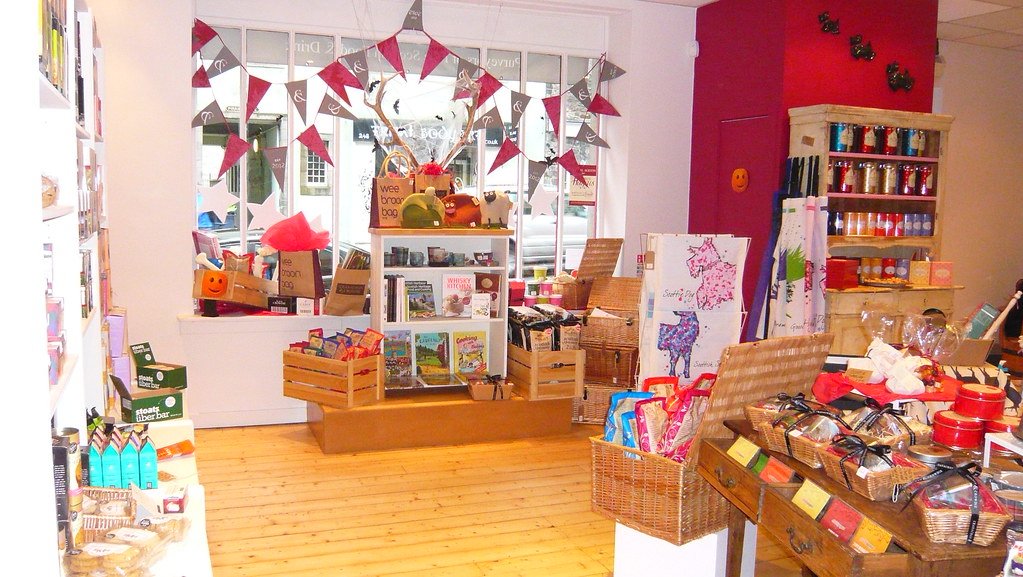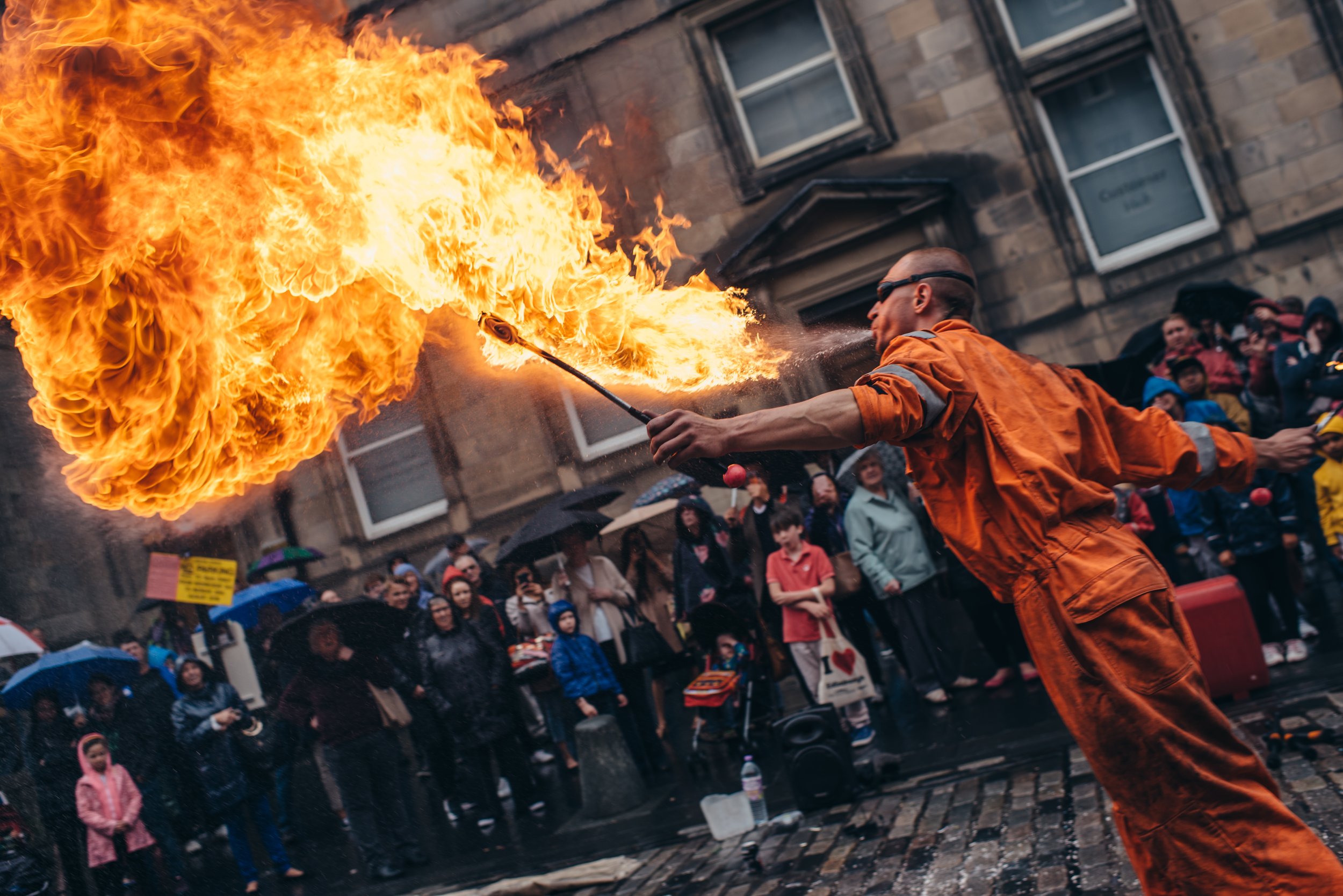Ah, Tokyo. A city where centuries-old shrines coexist with glowing vending machines that sell everything from umbrellas to canned pancakes. If your idea of a perfect vacation balances the meticulous artistry of a kaiseki dinner with the chaos of a 10-way intersection, then Tokyo is your playground.
Before you throw your yen at everything and hop onto a train with a name longer than your patience, let’s demystify this marvelous metropolitan maze. From Shibuya’s perpetual motion machine vibe to Asakusa’s lantern-lit tranquility, here’s your insider cheat sheet to Tokyo's must-experience neighborhoods.
Shibuya: Organized Chaos with a Side of Neon
Let’s get the obvious out of the way. Shibuya isn't just a district—it’s a mood. The iconic Shibuya Crossing is Instagram fodder galore, but venture beyond the pedestrian scramble and you’ll find indie boutiques in Cat Street, clubs that thump until sunlight, and more crepe stands than you can shake a selfie stick at.
Pro Tip: For a God’s-eye view of the madness, head to the Shibuya Sky rooftop observatory. Yes, it’s touristy—and yes, it’s absolutely worth it.
Shinjuku: Flashing Lights, Hidden Niches
Shinjuku is Tokyo's Swiss Army knife of neighborhoods: it has a tool (or bar) for everything.
By day, it’s home to Tokyo Metropolitan Government Building (hello, free observation decks!). By night, it transforms into a sensory overload—Golden Gai’s shoebox bars serve up both whiskey and weird stories, while Omoide Yokocho is your gateway drug to yakitori under train tracks.
Ginza: Where Yen Goes to Die Beautifully
If Tokyo were a diva, Ginza would be her high-maintenance alter ego.
Expect flagship luxury brands, art galleries disguised as department stores (hello, Ginza Six), and sushi so refined it might ghost you. This is the neighborhood where food becomes haute couture—try the omakase at Sushi Ya or tuck into a pancake stack at Bills, which Tokyoites flock to like moths to a buttery flame.
Asakusa: The Soul of Old Tokyo
Don’t miss the Nakamise Shopping Street, a centuries-old strip that now cleverly balances rice crackers and Pikachu-shaped taiyaki.
Pro Tip: Hop on the Sumida River Cruise for a breezy history lesson by boat.
Think of Asakusa as Tokyo in sepia tone. Dominated by Sensō-ji, the city’s oldest Buddhist temple, this neighborhood is pure nostalgia—kimono rentals, rickshaws, and street snacks like melon pan and ningyo-yaki (adorably stuffed sponge cakes shaped like dolls).
Harajuku: Tokyo’s Catwalk of the Absurd (and Adorable)
Harajuku is where fashion obeys no rules and everything—including the cafés—feels hijacked from a pastel fever dream.
Stroll through Takeshita Dori for bubble tea, rainbow cotton candy, and outfits that defy gravity, society, and sometimes physics. Then detox your senses with a visit to the serene Meiji Shrine, Tokyo’s ace in the green space game.
Nakameguro & Daikanyama: Tokyo’s Trendy Secret
Want to escape selfie sticks without sacrificing aesthetics? Nestle into Nakameguro and Daikanyama. These upscale but low-key neighborhoods offer canalside cherry blossoms, indie bookshops like Tsutaya Books, and bakeries that look like they walked out of Copenhagen.
Great for couples seeking quiet romance or travelers who think Starbucks should come with latte art and hardwood floors.
Akihabara: Tokyo Plugged In
Akihabara is where your inner nerd gets a standing ovation. From multi-story anime emporiums to gaming arcades that smell vaguely of Red Bull and ambition, the area is an electronic labyrinth.
Sprinkle in a maid café visit if your curiosity outweighs your dignity.
Roppongi: The Toast of Tokyo’s Night Owls
Equal parts business and pleasure, Roppongi has cleaned up its act over the years—but still knows how to throw a party. The Roppongi Hills complex offers art (Mori Art Museum), views (Tokyo City View), and cocktails with altitude.
When midnight hits, the clubs awaken. Whether you prefer noise, nuance, or unnecessarily dramatic laser effects, you’ll find it here.
Tsukiji Outer Market: Fish, Fast and Fabulous
Though the wholesale auction has moved to Toyosu, the Tsukiji Outer Market still slings some of the planet’s freshest seafood along with prized knife shops and tamagoyaki stands that could make you cry.
Get there early, learn to point convincingly, and wear stretchy pants.
How to Navigate Tokyo Like a Local (Without the Existential Crisis)
No, you don’t need to memorize the Tokyo Metro map (though we won’t stop you). Use the Suica or Pasmo IC cards, charge them with yen and freedom, and you’re golden.
Google Maps is decent; Hyperdia is better for rail planning. Oh, and if someone offers you directions using “North” or “South,” abandon hope.
Links & Resources:
Official Tokyo Tourism: https://www.gotokyo.org/en/
Japan Rail Pass Info: https://japanrailpass.net/
Tokyo Metro Map: https://www.tokyometro.jp/en/
FAQs About Tokyo Neighborhoods
Which Tokyo neighborhood is best for first-time visitors?
Shinjuku is a great starting base for first-time visitors in Tokyo. It’s central, well-connected, and offers a blend of modern attractions and traditional charms like Golden Gai and Shinjuku Gyoen.
What’s the most traditional neighborhood in Tokyo?
Asakusa is Tokyo’s most traditional neighborhood, home to the historic Sensō-ji Temple and streets lined with Edo-period vibes and nostalgic snacks.
Where can I find the best Tokyo nightlife?
Roppongi and Shinjuku offer the best nightlife in Tokyo, with clubs, bars, and live music venues that cater to both locals and adventurous tourists.
Is Harajuku just for teenagers?
Not anymore! While Harajuku is a youth fashion mecca, it also offers high-end culture, serene shrines, and amazing food, appealing to all age groups.
Should I still visit Tsukiji now that the auction moved to Toyosu?
Yes! The Tsukiji Outer Market still thrives with incredible seafood, snacks, and knife shops—every bit as delightful as its big auction brother, just less chaotic.
Final Word
Tokyo is not a city you “do” in one week—it’s a city you let unravel itself like a Mystery Roll at a sushi bar. Choose your neighborhoods wisely and blend the old with the audacious. Then do it all over again, preferably after three bowls of ramen and a spontaneous karaoke session.
Go deeper. Go weirder. Go Tokyo.























































































































































































































































































































